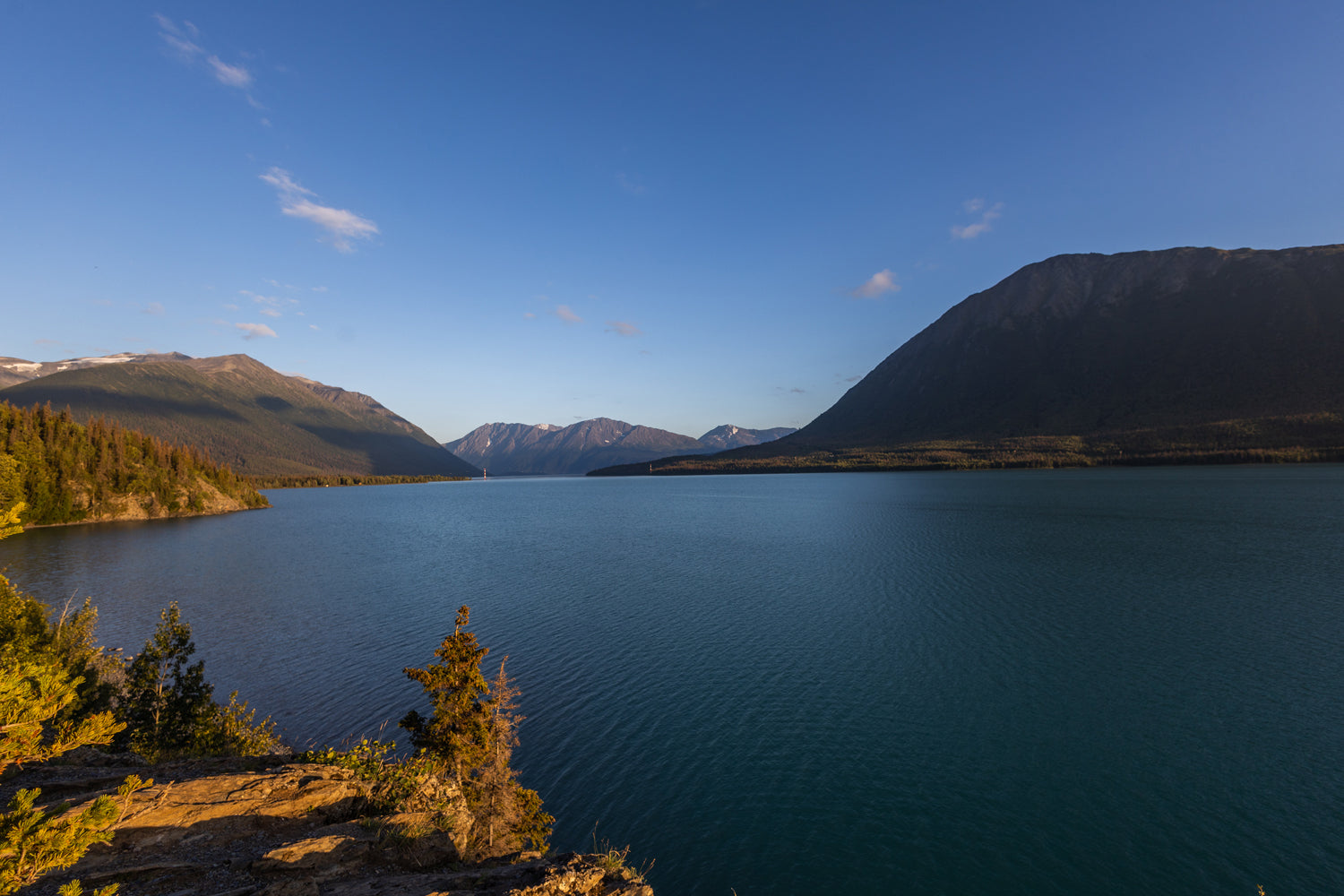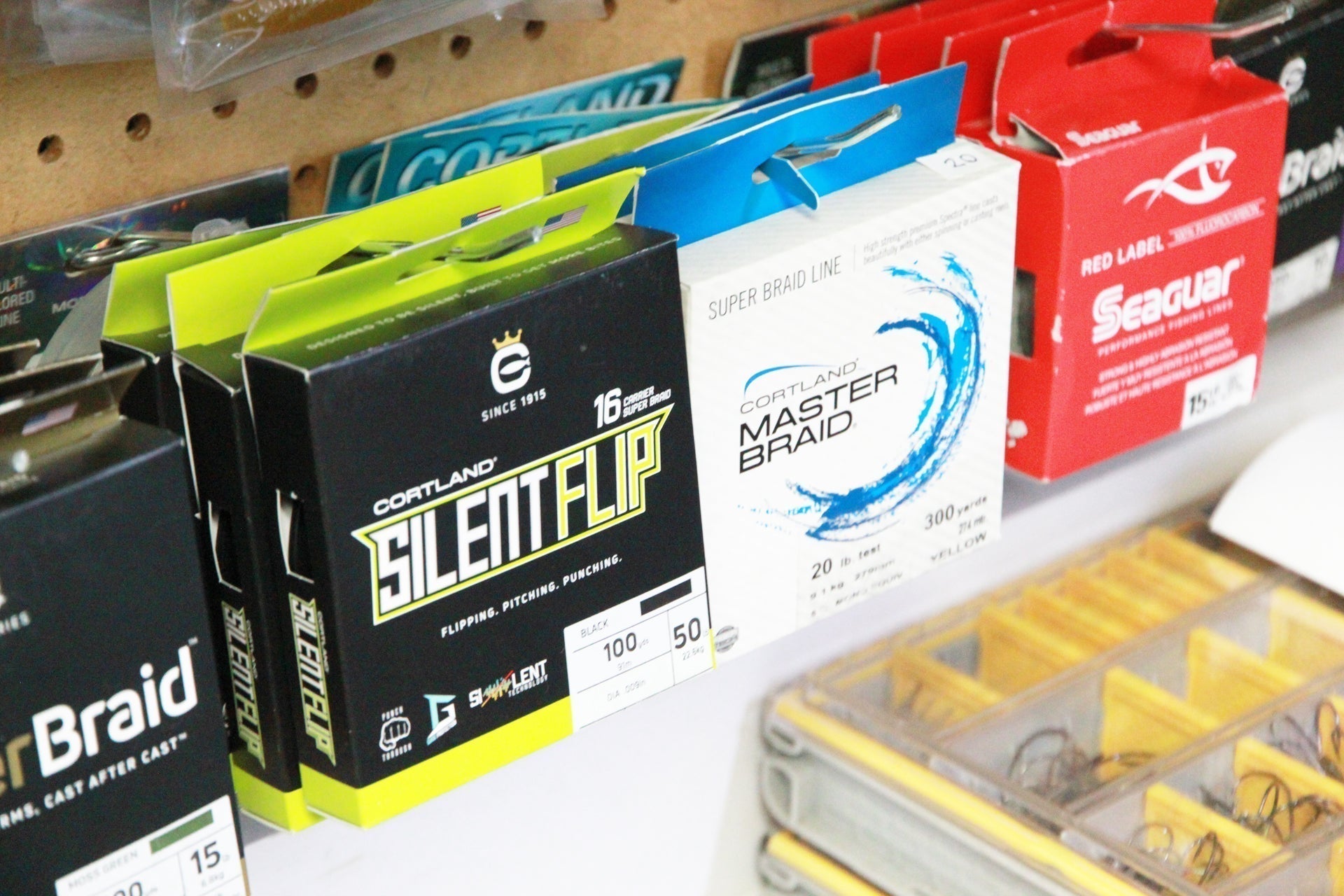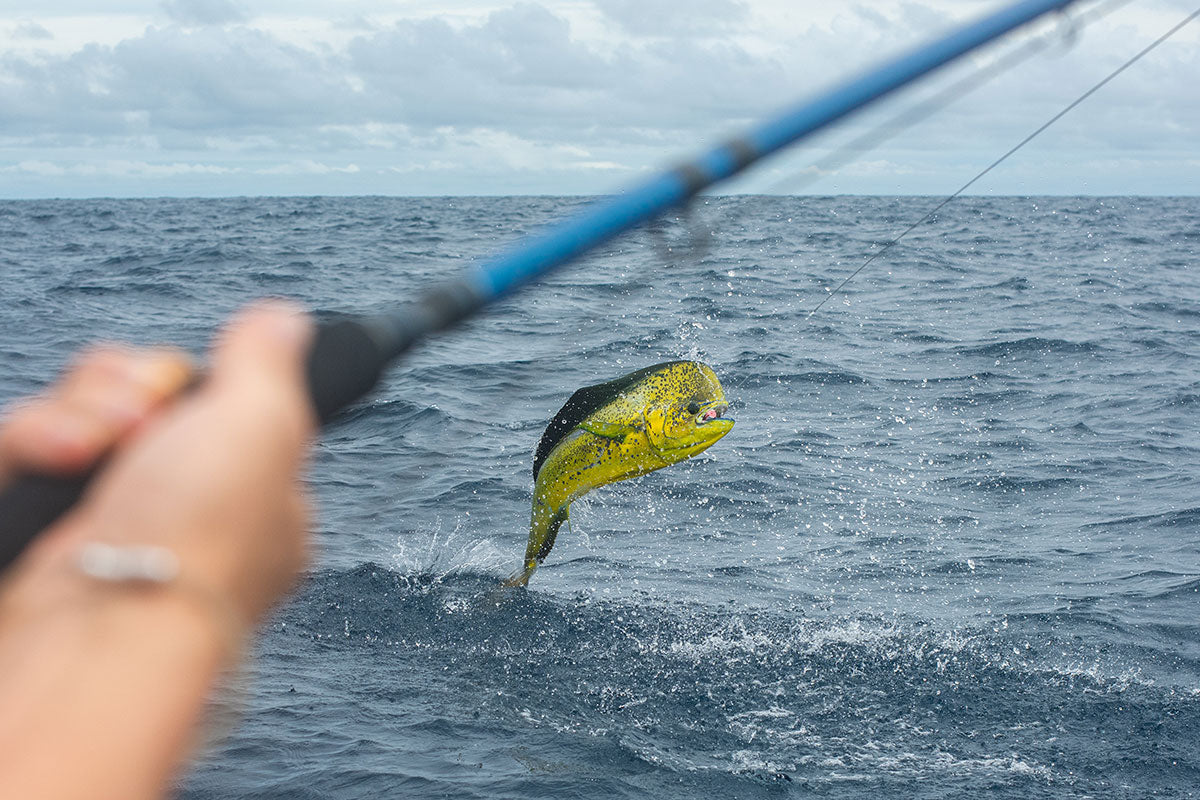Article Written by Matthew Borovy. Learn More About the author below / Article Read Time: 4 Minutes
Being a sales representative in the fishing industry is undoubtedly one of the best jobs in the world and comes with a lot of benefits. This year, I was fortunate enough to take a sales travel trip to Alaska and cover Anchorage and the whole Kenai Peninsula. This being my first time in AK, I wasn’t entirely sure what to expect besides what I had researched online and heard from friends that have been there before. After my experience, I can say that AK is not overrated and is truly one of the most beautiful, wild places I have had the privilege to visit.
Since Cortland Line manufactures such a wide array of products for both the conventional and fly-fishing markets, I was able to visit places such as small, specialized fly fishing shops to large fishing stores that service both the recreational and commercial fishermen, as well as charter businesses, and lodges. My trip began in Anchorage, where I covered mostly fly shops that cater to fisheries within driving range such as the Kenai River, and Parks Streams as well as more remote fisheries, that may require a fly-out on a float plane. Anchorage is the center hub that almost everyone who is coming to Alaska flies into so these shops see a high volume of people who are all looking for different equipment.
 View of Kenai Lake in Cooper Landing
View of Kenai Lake in Cooper Landing
Heading south from Anchorage, my next stop was Cooper Landing, AK and it did not disappoint. Cooper Landing is where the Kenai River starts, running out of Kenai Lake. The scenery in Cooper Landing and the upper Kenai River is second to none, with glacier-fed water surrounded by large, rigid mountains, I can confidently say that this is one of the most beautiful areas to cast a fly rod. Since I was visiting during Late August, the Sockeye Salmon run was in full swing, and the large population of resident Rainbow Trout and Dolly Varden were keyed in on eggs from spawning salmon. This time of year can be a challenge to catch these resident trout because they have so much natural food, they can easily overeat and if your fly/bead pattern isn’t spot on to the natural, there is a good chance they will not touch it.

Max Pavel (@pavelosophy) with a well-fed, bead-eating Kenai River rainbow trout, landed during our float.
My two goals for this trip were to catch a silver salmon and to land one of these mega rainbows. Although I would much rather have targeted these resident trout with a swung fly, this time of year just isn't cut out for it as it can be almost impossible to move these fish from their lie where they have a buffet of eggs coming right to them and expending minimal energy. This was my first introduction to bead fishing, as back home we mostly utilize egg flies when fishing our lake-run tributaries. There is both something funny and scientific about anglers choosing beads for certain times of year and fisheries. Based on the shop employees and guides I talked to throughout my time here, I concluded that there is a more scientific approach to which bead color and size should be used at certain times of the year based on the different salmon spawns. And then you run into the occasional angler/guide who believes they have the "secret sauce" and their bead selection does not correlate to the natural eggs in the river at the time, but it just works for them and they are confident in it. I was lucky enough to spend a day floating the upper Kenai River and capitalizing on many nice Dolly Varden and Rainbow Trout that were hard-fighting and fat. We even landed a fresh Silver Salmon on a Pink-Leech Style fly.
The "bead" rig consisted of a beefed up indicator style rig utilizing our WF6 Trout Series Indicator Line, 6-8 feet of 12 lb. XTR fluorocarbon leader material, tied to a 2 mm tippet ring and finished with a couple feet of 2x Ultra Premium Fluorocarbon Tippet. Because of the glacial tint of the water, oversizing tippet is not an issue. It is also recommended to oversize tippet as the current in this river is serious and you may hook a trout of a lifetime. For a rod and reel, I used a 10' 6 wt MKII and our Crown Reel in the 5-7 size. The 10-foot rod on this large river was beneficial in getting better drifts and less of a "bow" in your fly line between your indicator and rod tip, keeping everything tight and ready to set the hook at a moments notice.

A fired-up Kenai River Silver Salmon that took a stripped fly from the raft
To finish off the trip, I packed away the fishing gear and headed further south on the peninsula down to the Halibut Capital of the world, Homer, AK. The scenery here was amazing as you are overlooking Kachemak Bay State Park. It is no wonder why this area attracts thousands and thousands of tourists a year. Top this scenery with world-class Halibut fishing that doesn't require a far run to the fishing grounds and you get one of the most epic fishing destinations in the world. I spent a whole day here, going from charter office to office and chatting about our American-made Master Braid and how it could benefit these charters' fishing experience. Anyone who has used Master Braid while fishing near rough structures can agree that the color and fibers in Master Braid hold up way longer than other options on the market. This is a huge benefit when targeting Halibut because you are always fishing on the bottom. Homer, AK has massive tide swings so the braid must provide the most strength per diameter possible to stay on the bottom and get a proper drop. If the line is too thick and is constantly influenced by the current, you will never get the desired presentation. This is another area where Master Braid shines as our braid breaks at 10-20 pounds higher than its stated break strength while still being the proper diameter per stated break strength. For example, if you are fishing with 100 lb. Master Braid and find it being influenced by the current, you can drop to 80 lb. Master Braid and get the benefits of a smaller diameter but still be fishing a braid with a 100 lb. break strength.

The view of Kachemak State Park from the "spit" in Homer, AK
Although this is a brief conclusion of my sales trip to the Last Frontier, I will certainly be returning and continuing to increase Cortland's presence of American-made fly lines and braid into the area and improving fishing experiences across the state. I encourage everyone reading this to try and make it to AK at some point in their life as the areas you can reach within just a few hours of Anchorage make it well worth it.
About the author
Matt Borovy is a Cortland Line Sales Rep. and fly fishing guide in Central New York. A Connecticut native, he began freshwater fly fishing at the age of 13 and eventually made the transition into targeting large wild brown trout across the northeast as well as saltwater fly fishing for Striped Bass and False Albacore. He now resides in Syracuse, NY and spends most of his time targeting the many rivers, creeks and lakes in the area. To find out more about Matt or to book a guided trip in Central New York, visit: www.saltcityflyfishing.com or check out his Instagram: @saltcityflyfishing


